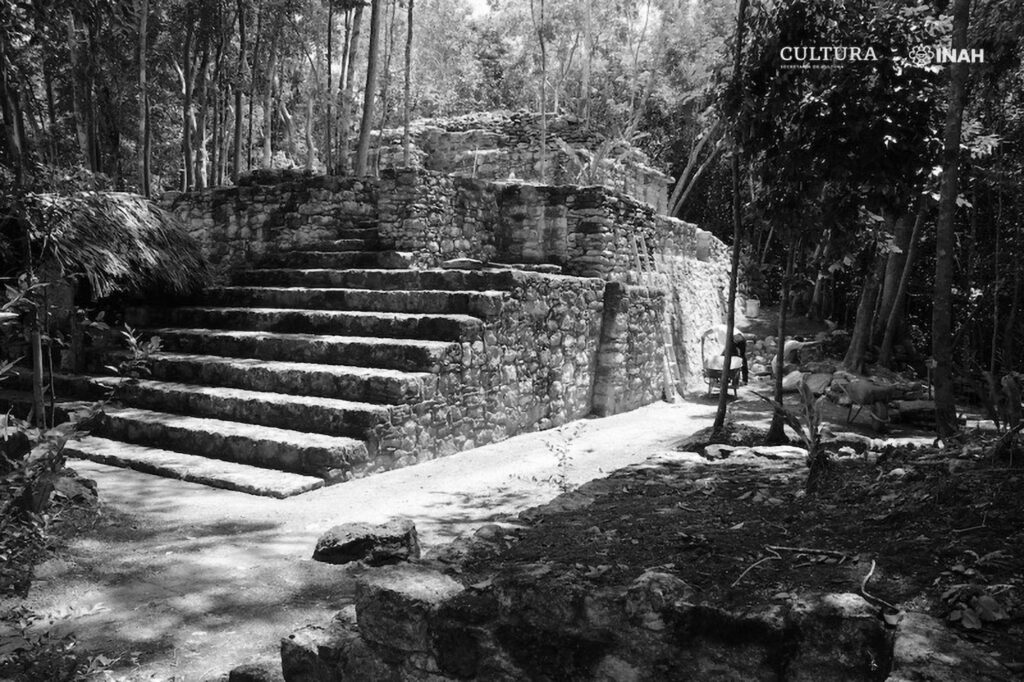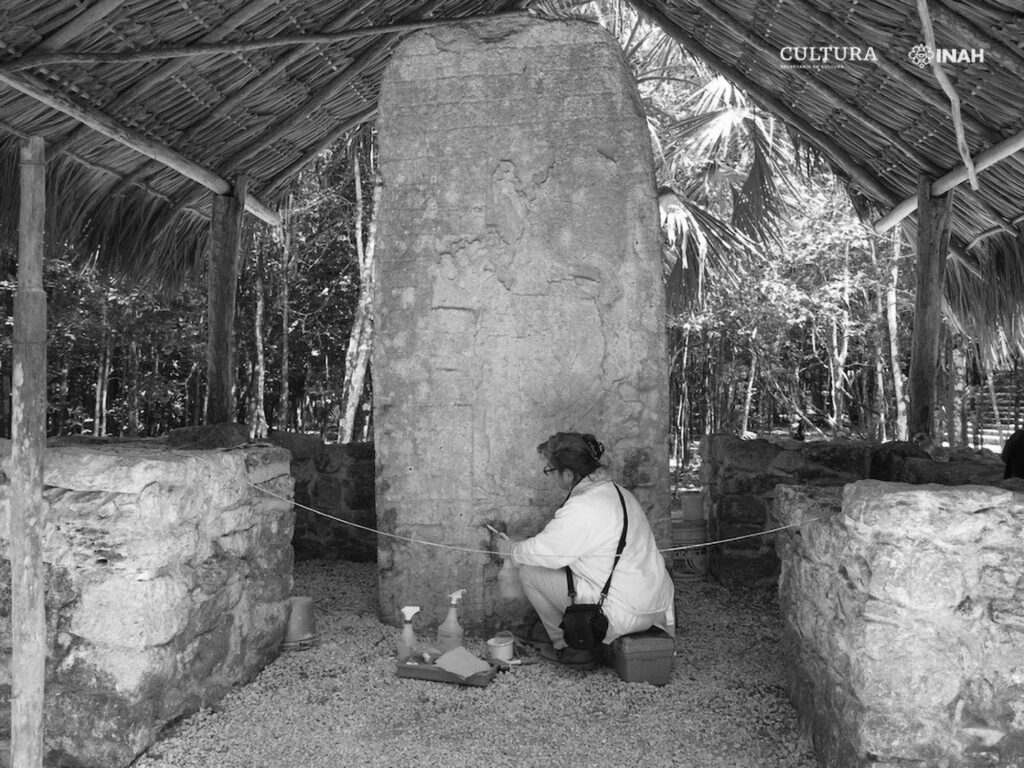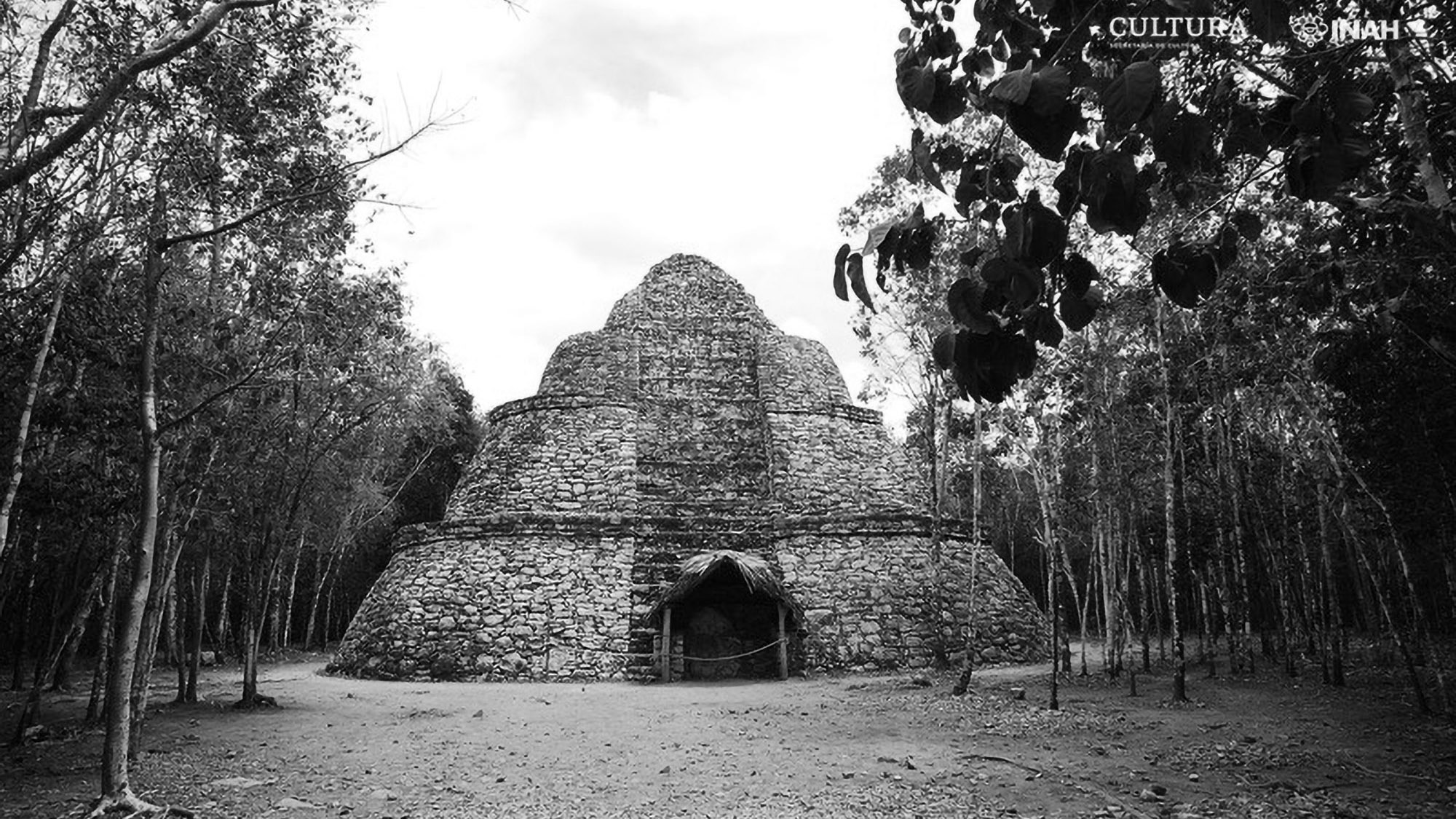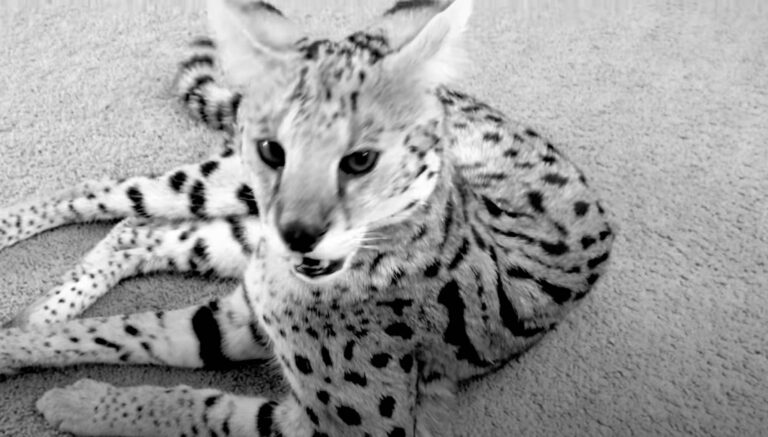Mexican researchers have identified 14 leaders who ruled the ancient Mayan city of Coba during its golden era between 500 and 780 AD.
The Coba archaeological site is located in the south-eastern Mexican state of Quintana Roo and is located around four lagoons.
Experts of the Coba Project, led by archaeologist Maria Jose Con Uribe of the National Institute of Anthropology and History (INAH), managed to decipher the names of nine of the 14 Mayan chiefs.
Some of the nine names are only partially deciphered and include ellipses to fill in the blanks while the other five are listed as A-E for the time being.

Experts worked out references to the leaders by interpreting the hieroglyphs on a stone tablet known as Panel 7 which include the rules of Mayan ball games.
INAH said the nine Mayan leaders who ruled the region for almost 300 years were: Ju’npik Took’, K’ahk Chitam, Ux Man, … K’awiil, Yopat Taj … Nah, Ixik … Yopaat, K’ahk’… Yopaat, Kalo’mte’…, and Xaman K’awii.
The fragments of names that could not be identified are replaced with ellipses.
The nine leaders ruled over the region for nearly 300 years, according to INAH.
The five other leaders whose names have not yet been deciphered are known as A, B, C, D, and E for now.
According to Con Uribe, it is believed that descendants of the Mayans could have lived in the region as far back as 220 BC.

The Coba Project, which began its archaeological research work in 1992, is dedicated to studying six sites in the same area: Coba, Navarrete, Nohoch Mul, Copo, Maya, and Macanxoc.
Since 1926, when it was first explored, Coba attracted attention for its numerous sculpted monuments that have been difficult to decipher due to the poor quality of the limestone.
Experts created 3D reconstructions by using different angles of light and shadow to highlight the contours of the hieroglyphs.
INAH said that one of the most important discoveries was the female leader Ixik… Yopaat who ruled for 40 years at the start of the 7th century and is said to have advanced Coba’s dominance in the region.
INAH continues to research the latest findings on the ancient civilisation.

Aerial view of structure 5 
Coba Archaeological site, state of Quintana Roo
To find out more about the author, editor or agency that supplied this story – please click below.
Story By: Amanda Morales, Sub-Editor: Joseph Golder, Agency: Newsflash
The Ananova page is created by and dedicated to professional, independent freelance journalists. It is a place for us to showcase our work. When our news is sold to our media partners, we will include the link here.




